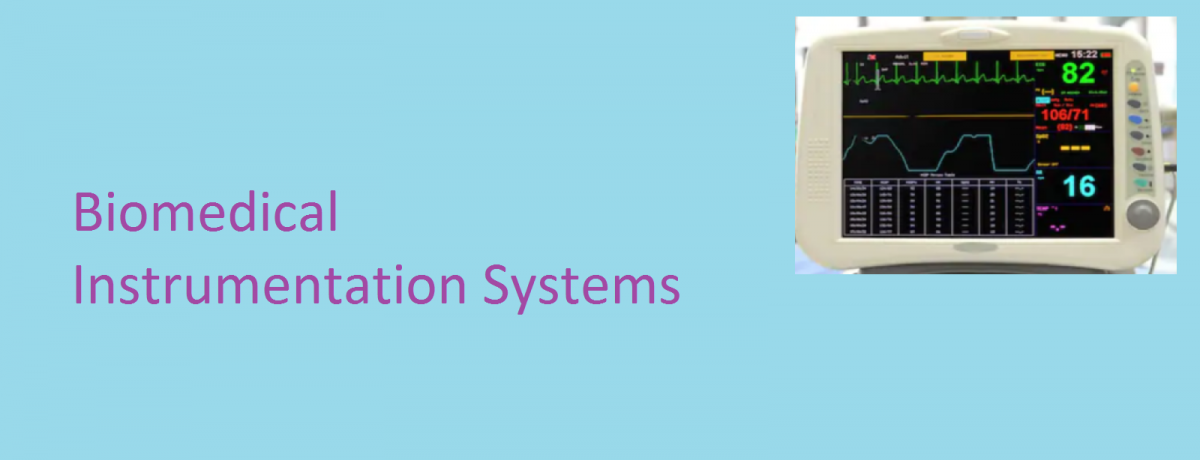Though EEG signal detection provides a key indicator for detection of neurological status and disorders, its biomedical application is limited. This is because of the complicated nature of EEG signal and the complexities regarding the interpretation of the signals.

Some of the challenges of EEG analysis are discussed as follows:
Artifacts
The recordings of physiological signals, in particular from the surface of the body, are usually superimposed or distorted by artifacts. EEG signals are particularly prone to artifact distortions due to their weak character. For that reason, knowledge about the possible sources of distortion is required to estimate the signal-to-noise ratio (SNR). These artifacts are mostly generated from various kinds of sources broadly divided into two major groups: the subject-generated artifacts and the artifacts generated by the equipment.
Subject-generated artifacts include EMG artifacts like body movement, muscle contraction of the neck, swallowing, involuntary movements (like myoclonic jerks, palatal myoclonus, nystagmus, etc.) and eye movements.
Artifacts generated by the equipment include ventilator artifacts that typically appear as slow wave like activity, vibrations of electrical circuitry around the subject and power line interference. By taking the appropriate approaches, many of these artifacts can be prevented.
Related: Sources of noise in biomedical measurement systems
Inter-user Variability
Interpreting physiological signals can be difficult even for specialists, because of their subject-specific nature. The complicated nature of EEG signals makes it even more difficult and data generated by different EEG analysis techniques (particularly methods like feature analysis, power spectral analysis, etc.) may be interpreted in different ways by different analysts. Therefore, more standardized and objective techniques of EEG analysis are very appropriate.
Inter-individual Variability
The consistency of the human EEG is affected by a number of parameters and this makes EEG unique for a certain person and for a specific point-in-time. For example, the intrinsic parameters are the age, the region of the brain, hereditary factors, mental state of the subject (level of vigilance), and influences on the brain (stimuli, injuries, diseases, chemical influences, etc.)
To detect deviations from “normal” EEG, it would be necessary to compare this “abnormal” EEG with the “normal” EEG as a reference. While efforts have been made to obtain normative EEG for each of the classes mentioned above, (that is, normative EEG for various age groups, normative under the influence of varying amounts of different drugs, etc.), however, these databases of normative data are still not enough to cover the variety of circumstances possible in real-life recordings. Contrariwise, these normative data vary too much for considering them as one person’s “normal” EEG.
Labour-intensive EEG recordings
For patient monitoring systems, EEG recordings can be very labour-intensive. This makes it necessary to have other efficient means of collecting, storing and displaying the long-term recordings.
Related: Electroencephalogram (EEG)

